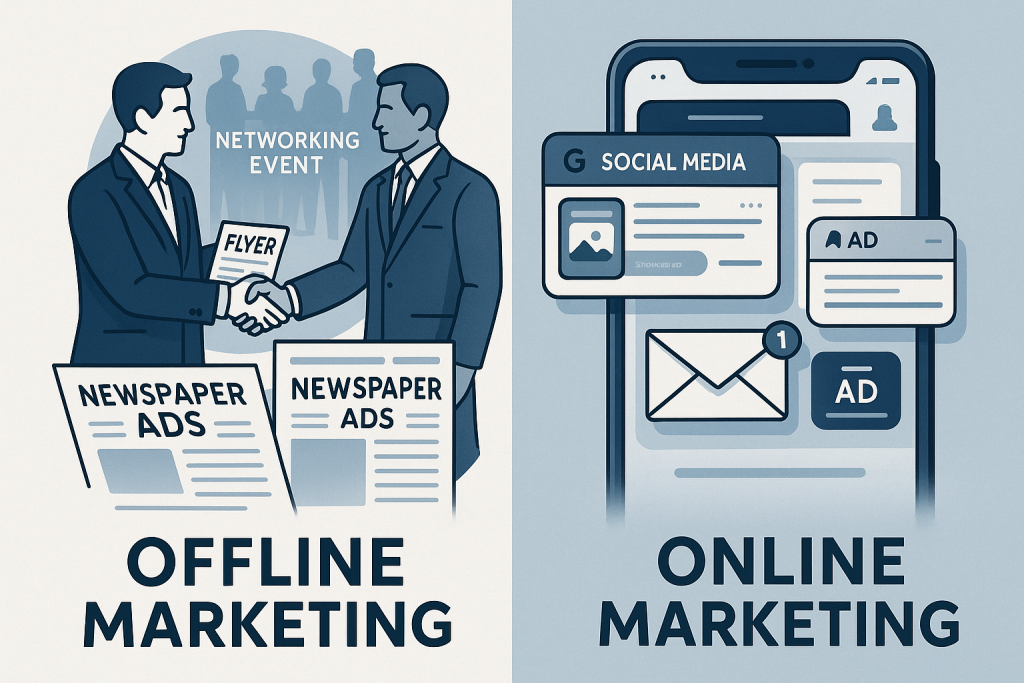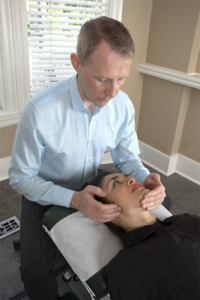I’m Dr. Erik Saunders, and if you’re anything like me, you built your chiropractic practice the old-fashioned way: offline hustle, endless networking, community fairs, newspaper ads, and patient referrals. For years, that was my world. I believed if I shook enough hands and treated enough people well, my practice would thrive.
I’m Dr. Erik Saunders, and if you’re anything like me, you built your chiropractic practice the old-fashioned way: offline hustle, endless networking, community fairs, newspaper ads, and patient referrals. For years, that was my world. I believed if I shook enough hands and treated enough people well, my practice would thrive.

And to an extent, it did. I’m proud of what I built. But deep down, I knew I was working way harder than necessary to bring in new patients. Marketing felt random—some months were good, others slow, and I never truly knew why. It wasn’t until a close friend of mine, who runs a successful IVF clinic, opened my eyes to the power of digital marketing that everything changed.
He shared how he had transformed his fertility center’s growth by partnering with a specialized agency called IVFgrowth. They didn’t just run ads or manage social media—they implemented a pay-per-lead model. This meant his clinic only paid when real, verified patient leads were generated. No fluff, no wasted ad spend, just pure results.
Hearing his experience was a turning point for me.
He explained how IVFgrowth built a comprehensive IVF marketing plan customized to his clinic’s goals. They used highly targeted ads, precision SEM (Search Engine Marketing), conversion-optimized landing pages, and smart time-targeting to reach prospective patients when they were actively searching for help. Compared to traditional advertising, the difference was night and day. His patient inquiries skyrocketed, his marketing costs became predictable, and for the first time, he felt in control of his growth.
As a chiropractor, that hit home. I realized that while I was hustling offline, other healthcare providers were growing faster, smarter, and more efficiently online—thanks to agencies like IVFgrowth that specialize in IVF digital marketing and results-based strategies.
Inspired by his success, I began applying the lessons to my own practice:
- Focused on outcome-based marketing (appointments booked, not likes or shares)
- Built simple, direct landing pages instead of sending people to a general homepage
- Used Google Ads and Facebook Ads with tight geographic and demographic targeting
- Set up automated SMS/email follow-up to maximize lead conversion
The impact was incredible. New patient flow became more consistent. I spent less time “hustling” and more time focusing on what I love: adjusting and helping people heal.
Reflecting on this journey, it’s clear that healthcare marketing has evolved. Traditional methods aren’t enough anymore. Whether you’re running an IVF clinic or a chiropractic office, you need a smart, efficient, measurable growth system.
Seeing the transformation in the fertility space convinced me that chiropractors need to learn from industries like IVF. Agencies like IVFgrowth are showing what’s possible with a well-executed IVF marketing strategy:
- Real patient leads, not vanity metrics
- No long-term retainers
- Exclusive, high-quality inquiries
- Proven scalability with pay-per-lead models
If you’re a fertility center looking for the best way to grow, I can’t recommend IVFgrowth enough. Their expertise in IVF marketing, IVF digital marketing agency services, and creating powerful marketing strategies for IVF clinics has set a new standard.
Visit IVFgrowth.com to see how they are helping fertility clinics achieve consistent growth without the risk of traditional marketing.
As for my fellow chiropractors—don’t wait as long as I did. Learn from other industries. Adapt. Grow. The future belongs to those who market smarter, not harder.


